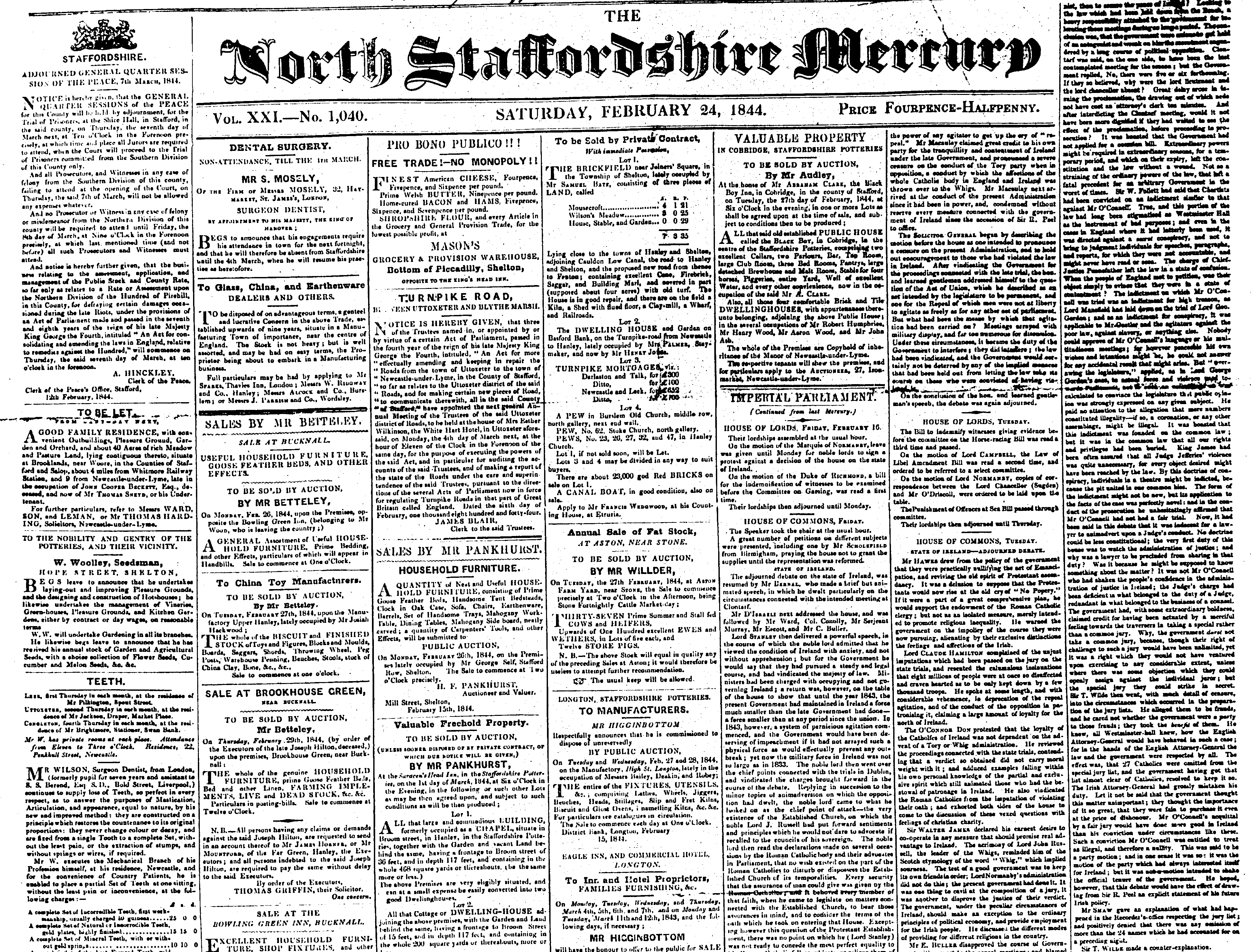pub 16 A Village Cobbler – Jack Burton a personal reflection.
£4.00This is a fascinating true story of the one-time village cobbler, Jack Burton who had a small cobblers shop in Manor Court Street, Penkhull. Born in 1907 his first recollections were attending services of the Primitive Methodists, which throughout his life he remained a regular worshipper and trustee of the Penkhull Methodist Church.
The story commences with his early school life then followed by WW1. His father was a collier and in 1921 Jack left schools at the age of fourteen. But with it came poverty and depression the same year with the miners’ strike which lasted six for months. Jack describes the impossible task of finding work with three million unemployed. It was impossible. With no dole money at that time and the family were desperate. For many they worked at the workhouses where for their labour would receive bread, the number of which depended upon the size of the family. He writes about his uncle who was a cobbler knowing of Jacks predicament offered to take him on to learn the trade. That was his start and stayed there until 1935 when he got married.
He later describes reading in the Sentinel of a cobbling business for sale in Penkhull, then run by an ex-WWI invalid with one leg. Jack attempted to get a bank loan and trudged around for help until he finally obtained a loan to purchase the shop. The story full of early difficulties continues to provide an almost compelling read of hard work, finally leading to success. It’s a story to enthuse perhaps those younger audience of life in the 20s and the over whelming hardships endured and yet it was hard work and determination against the odds which in the end made it all worthwhile. Jack’s essay is over five thousand words long over five pages with illustrations of him at his little shop. Certainly, one of my favourite reads and an inspiration to others today.
Five x A4 pages









